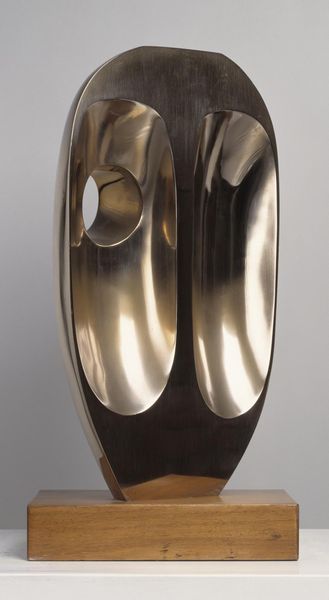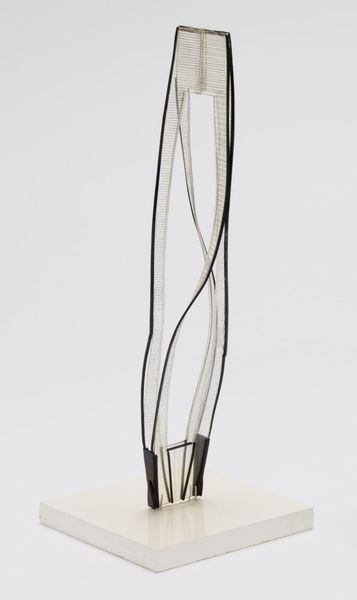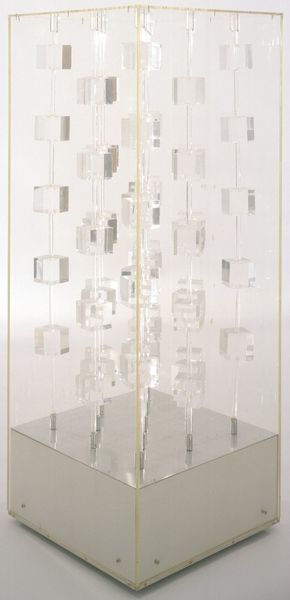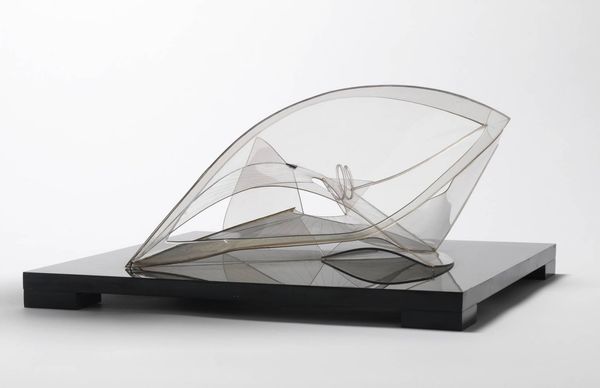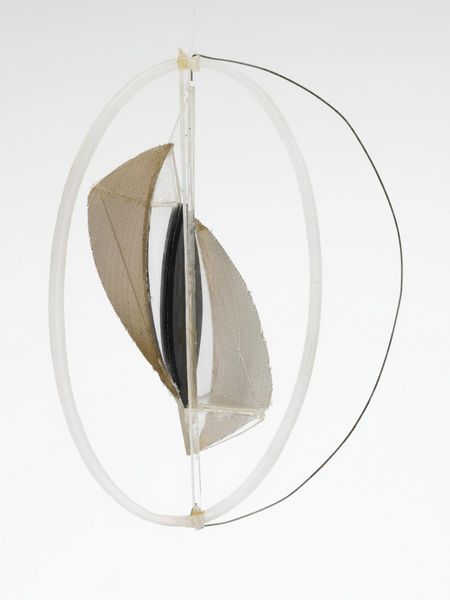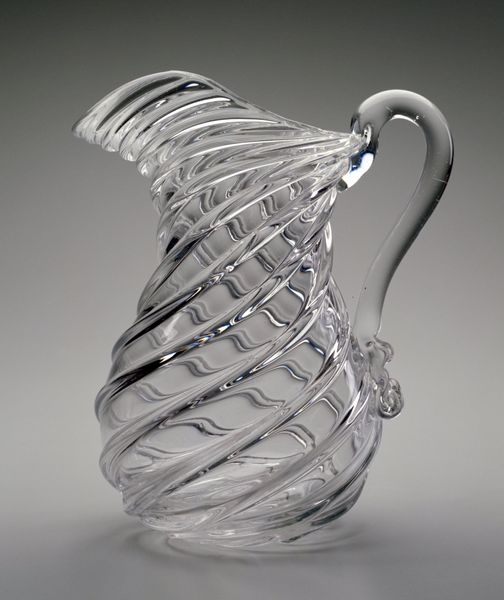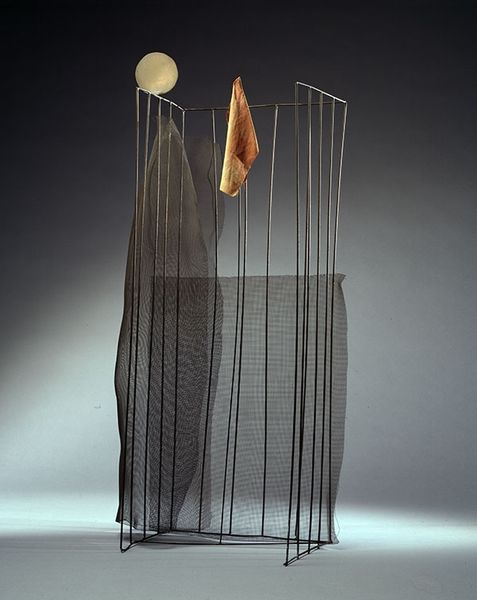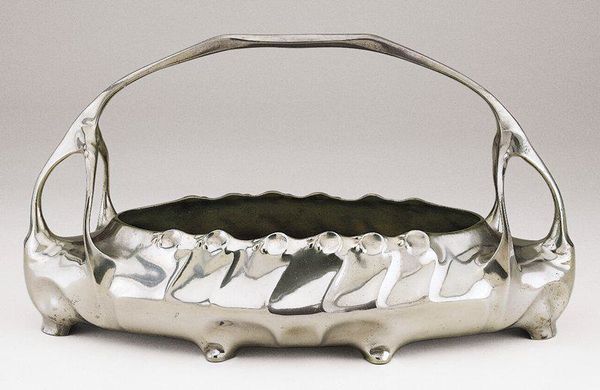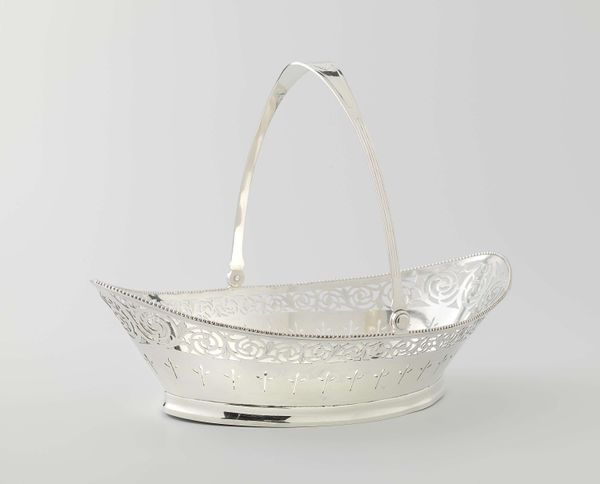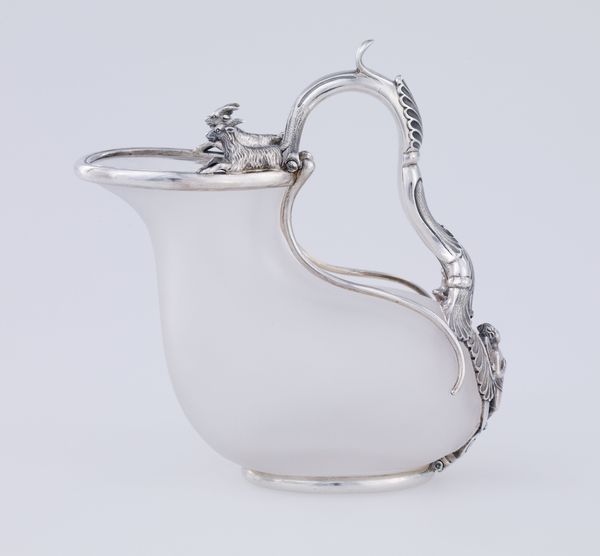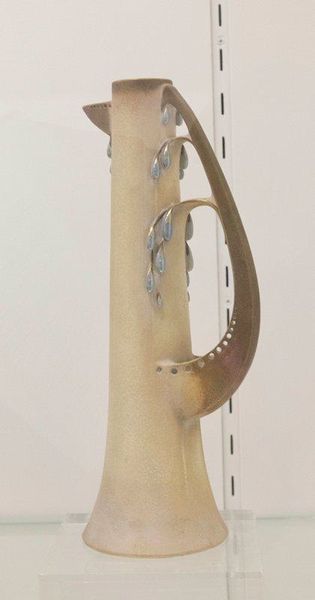![Untitled [glass Tires] by Robert Rauschenberg](/_next/image?url=https%3A%2F%2Fd2w8kbdekdi1gv.cloudfront.net%2FeyJidWNrZXQiOiAiYXJ0ZXJhLWltYWdlcy1idWNrZXQiLCAia2V5IjogImFydHdvcmtzLzM4ZTg1YzU0LTI0MDYtNGZkMS04OWRiLTI1NzVmZGM3MzU4OC8zOGU4NWM1NC0yNDA2LTRmZDEtODlkYi0yNTc1ZmRjNzM1ODhfZnVsbC5qcGciLCAiZWRpdHMiOiB7InJlc2l6ZSI6IHsid2lkdGgiOiAxOTIwLCAiaGVpZ2h0IjogMTkyMCwgImZpdCI6ICJpbnNpZGUifX19&w=1200&q=75)
#
neo-dada
#
black-mountain-college
Copyright: © 2019 Robert Rauschenberg Foundation. All right reserved.
Editor: This intriguing piece, created in 1997 by Robert Rauschenberg, is called "Untitled [glass Tires]". It seems to be an assemblage using glass, metal and chains, to depict tires. The fragility of the glass in contrast with the supposed strength of the tire creates an almost ironic feel. How do you interpret this work within a broader artistic and cultural context? Curator: It's fascinating, isn't it? Consider Rauschenberg's history with assemblage and "Combines," often incorporating found objects. These glass tires, presented in such a deliberate manner, invite us to contemplate the deconstruction of everyday objects. What sociopolitical forces were in play at the time Rauschenberg created it? Editor: Well, in the late 90s, there was this increased consumerism. It makes you wonder if the tires hint at environmental impact and consumer culture’s byproducts? Curator: Precisely! Think about Duchamp's readymades. Rauschenberg is taking this concept further by recreating a common object, tires, in such an unexpected medium. Does this artistic decision alter your perspective? It highlights both the beauty and disposability of commodities, and prompts discourse about industrialization's effects on the planet. Museums play a critical role in legitimizing and presenting this kind of critique. Editor: That's a fantastic point. Viewing them as social commentary instead of just objects definitely changes how I see the piece. Curator: The choice of materials contributes to this dialogue. How might public reaction shift based on the placement and curation of works like these within institutional settings? It influences perception, shaping narratives around these important discussions. Editor: I see it now – it is meant to start discussions beyond just aesthetic appeal. It’s almost as if it critiques museums’ own role in elevating everyday objects to ‘art.’ Thanks for guiding me through that. Curator: Of course! It’s artworks like this that challenge and redefine what belongs within our cultural spaces and who gets to decide.
Comments
No comments
Be the first to comment and join the conversation on the ultimate creative platform.
